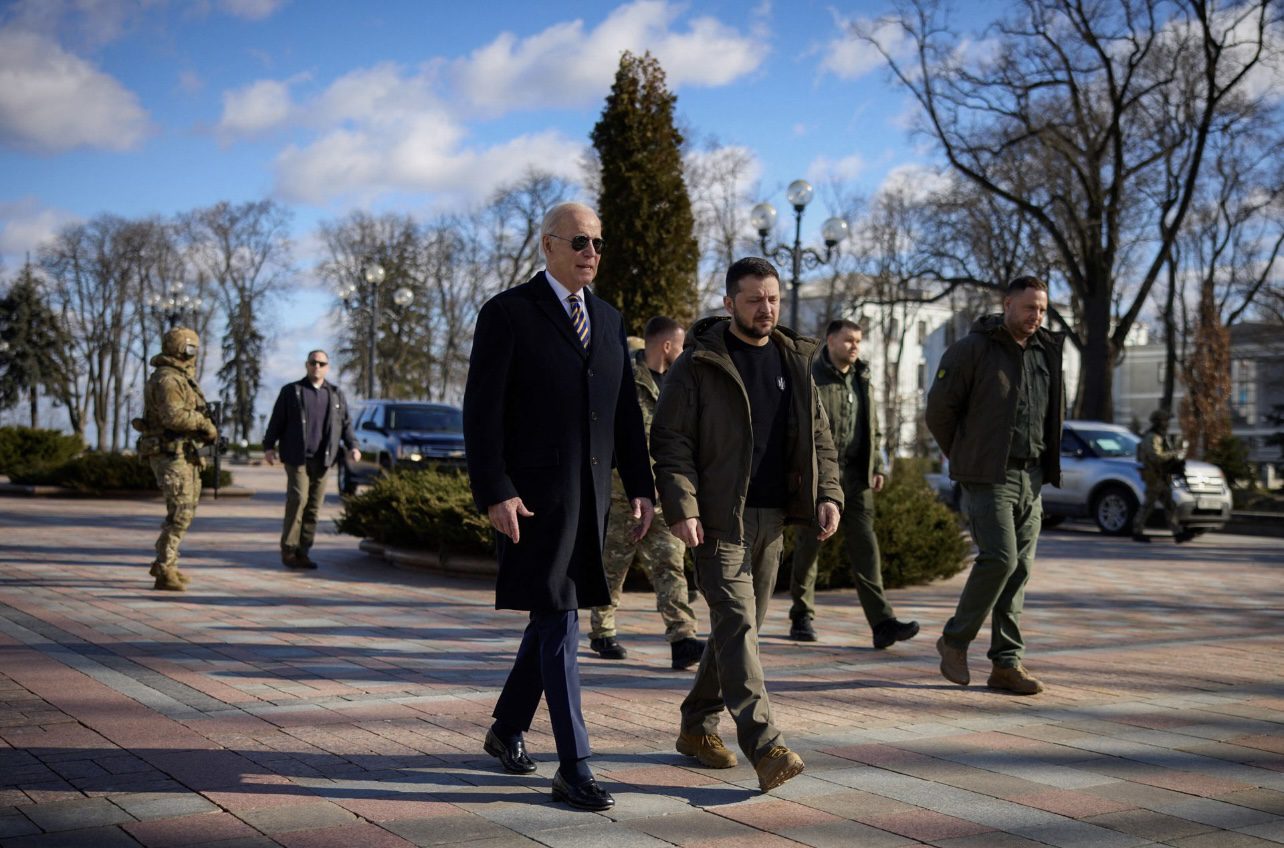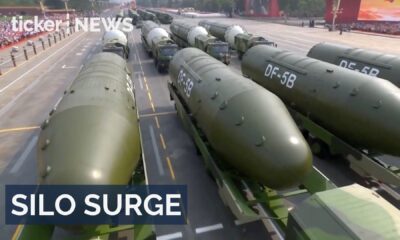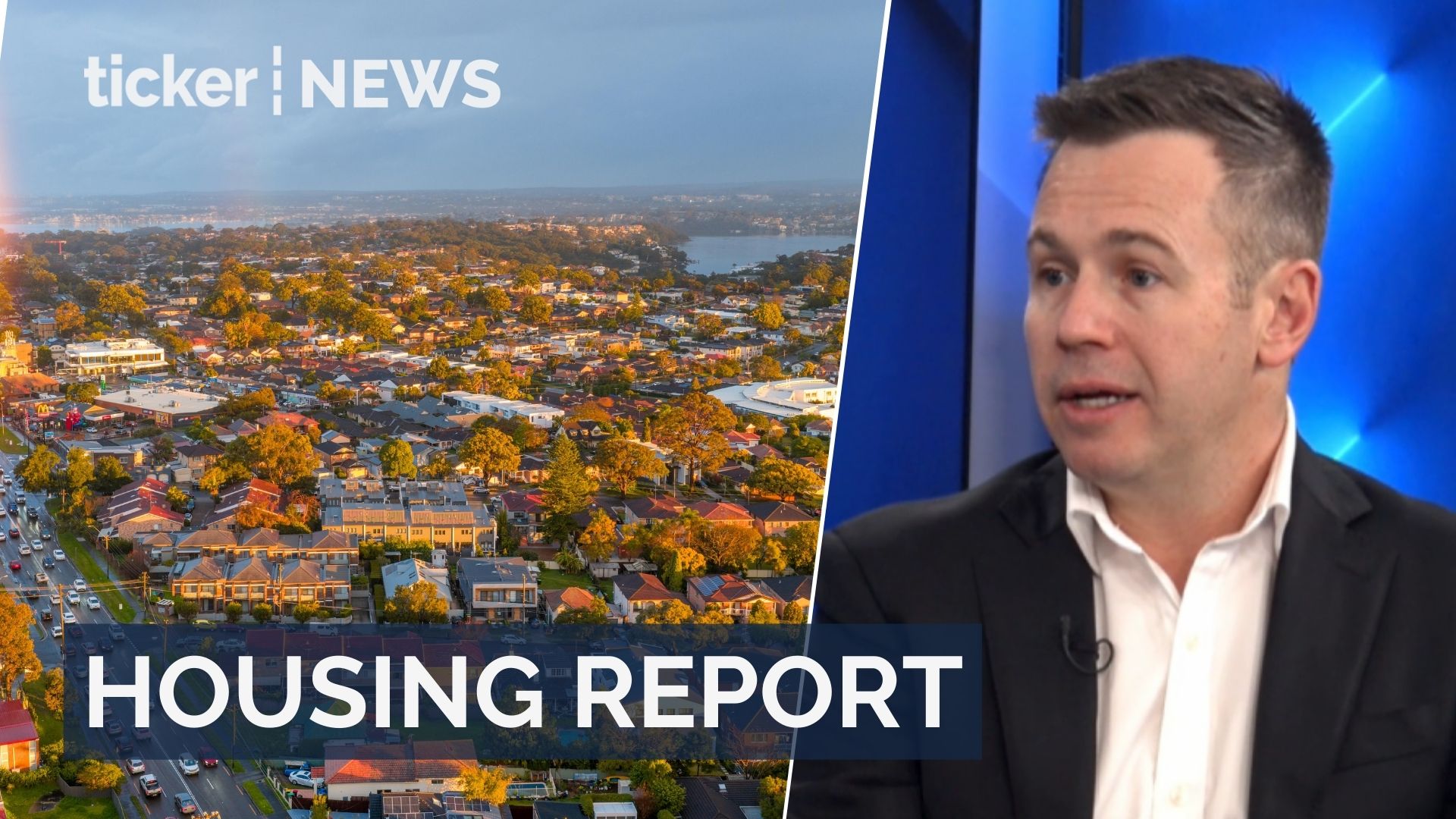News
How did the White House pull off Biden’s visit?

News
Bondi terror attack: Months of planning, extremist videos and a deadly plot exposed
News
China deploys over 100 ICBMs near Mongolia border
China deploys over 100 ICBMs near Mongolia amidst ongoing tensions and lack of arms control talks with the US
News
Australia’s property market set to soar in 2026
Australia’s property market is set for strong growth in 2026, driven by demand and strategic investments across key regions.
-



 Money3 days ago
Money3 days agoUS stocks surge amid AI hype despite market volatility
-



 Leaders3 days ago
Leaders3 days agoAI and automation reshape future tech careers
-



 Tech2 days ago
Tech2 days agoGoogle Cloud and Palo Alto launch $10 billion AI deal
-



 News3 days ago
News3 days agoAustralia’s property market set to soar in 2026
-



 Tech2 days ago
Tech2 days agoGlobal race for AI infrastructure amid soaring energy costs
-



 News2 days ago
News2 days agoChina deploys over 100 ICBMs near Mongolia border
-



 Property14 hours ago
Property14 hours agoBlackstone acquires Hamilton Island for $1.2 billion
-



 Money14 hours ago
Money14 hours agoLaurene Powell Jobs exits Monumental Sports ownership completely







